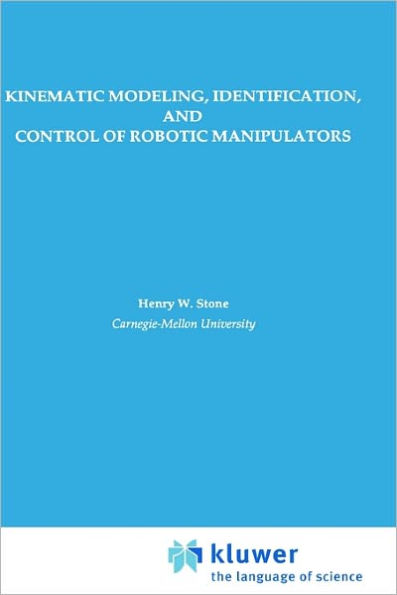5
1
9780898382372


Kinematic Modeling, Identification, and Control of Robotic Manipulators / Edition 1 available in Hardcover

Kinematic Modeling, Identification, and Control of Robotic Manipulators / Edition 1
- ISBN-10:
- 0898382378
- ISBN-13:
- 9780898382372
- Pub. Date:
- 09/30/1987
- Publisher:
- Springer US
- ISBN-10:
- 0898382378
- ISBN-13:
- 9780898382372
- Pub. Date:
- 09/30/1987
- Publisher:
- Springer US
169.99
In Stock

Product Details
| ISBN-13: | 9780898382372 |
|---|---|
| Publisher: | Springer US |
| Publication date: | 09/30/1987 |
| Series: | The Springer International Series in Engineering and Computer Science , #29 |
| Edition description: | 1987 |
| Pages: | 224 |
| Product dimensions: | 6.14(w) x 9.21(h) x 0.36(d) |
From the B&N Reads Blog
